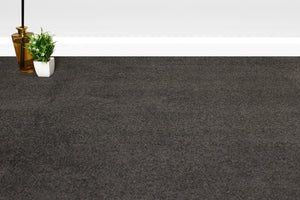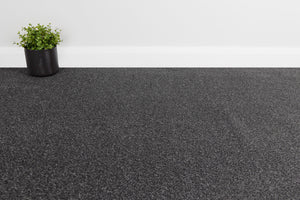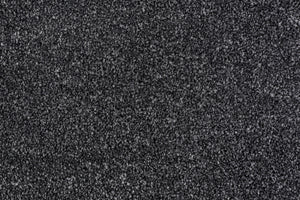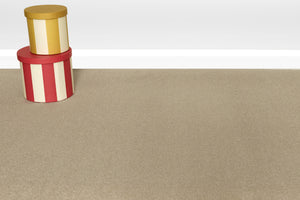
If you’re looking to update your floors quickly and affordably, you might be wondering: Can you put vinyl flooring over tile?
The short answer is yes, in many cases, you can lay vinyl flooring right over existing tile without removing it. But it’s important to do it correctly for the best results.
Here’s everything you need to know about installing vinyl over tile, plus pro tips for a beautiful, long-lasting finish.
Table of Contents
-
Can You Install Vinyl Over Tile?
-
When It's a Good Idea
-
When You Shouldn't Install Over Tile
-
How to Prepare Tile for Vinyl Flooring
-
Types of Vinyl Flooring You Can Use
-
Pro Tips for Best Results
-
Final Note: Upgrade Your Floors
Can You Install Vinyl Over Tile?
Yes! Vinyl flooring is one of the easiest materials to install over existing tile.
Vinyl is thin and flexible, making it ideal for going over many hard surfaces as long as the underlying floor is sound.
Benefits include:
-
No need for expensive tile removal
-
Faster, easier renovation
-
Less mess and disruption
When It's a Good Idea
Installing vinyl over tile works best when:
-
The existing tile is firmly attached with no loose or cracked tiles.
-
The floor is level without significant dips or humps.
-
Grout lines are shallow or can be filled.
-
Moisture issues have been ruled out.
It’s perfect for bathrooms, kitchens, hallways, and laundry rooms where you want a fresh new look quickly.
When You Shouldn't Install Over Tile
You should avoid installing vinyl over tile if:
-
Tiles are loose, cracked, or damaged.
-
The surface is extremely uneven with high grout lines or lippage.
-
There’s moisture or water damage underneath.
-
Floor height would interfere with doors or appliances.
In these cases, you may need to repair, level, or remove the tile first.
How to Prepare Tile for Vinyl Flooring
Proper prep is key to a professional finish.
-
Clean thoroughly: Remove all dirt, grease, and debris.
-
Check for damage: Replace or repair cracked tiles.
-
Level grout lines: Fill deep grout lines with floor levelling compound.
-
Sand glossy surfaces: Lightly scuff shiny tile to improve adhesion.
-
Dry completely: Make sure the floor is completely dry before installing vinyl.
Pro Tip: A self-levelling compound can smooth out uneven floors for the best results.
Types of Vinyl Flooring You Can Use
Most vinyl products are suitable for going over tile, including Vinyl sheets that are great for seamless installations in bathrooms or kitchens.
Browse our full vinyl flooring collection
Pro Tips for Best Results
-
Always acclimate your vinyl in the room for 24 hours before installation.
-
Fill any gaps or dips in grout lines for a smooth base.
-
Use the correct adhesive or click system as per manufacturer instructions.
-
Consider an underlay if recommended to improve comfort and insulation.
-
Check door clearances as vinyl adds height!
Final Note: Upgrade Your Floors
Vinyl flooring is a versatile, budget-friendly way to refresh your space, even over existing tile.
With proper preparation, you can achieve a smooth, stylish finish that lasts for years.





